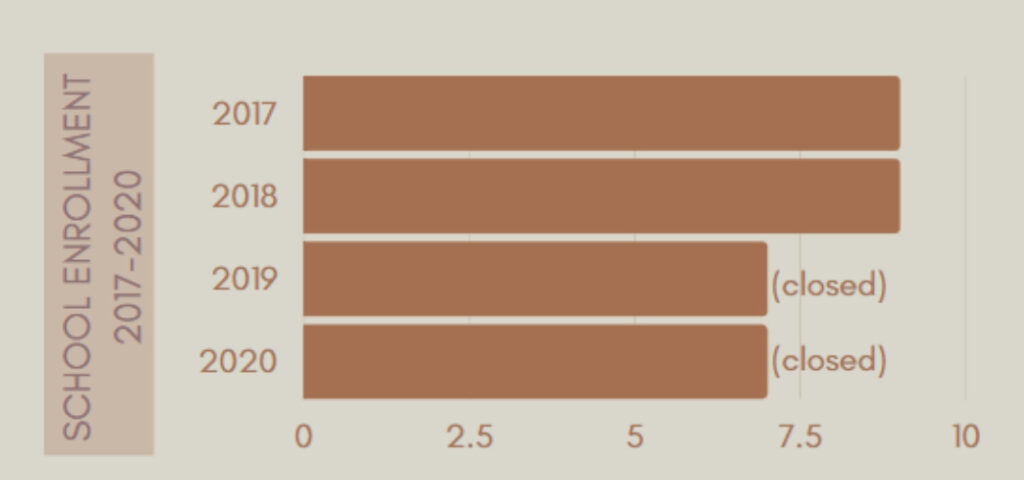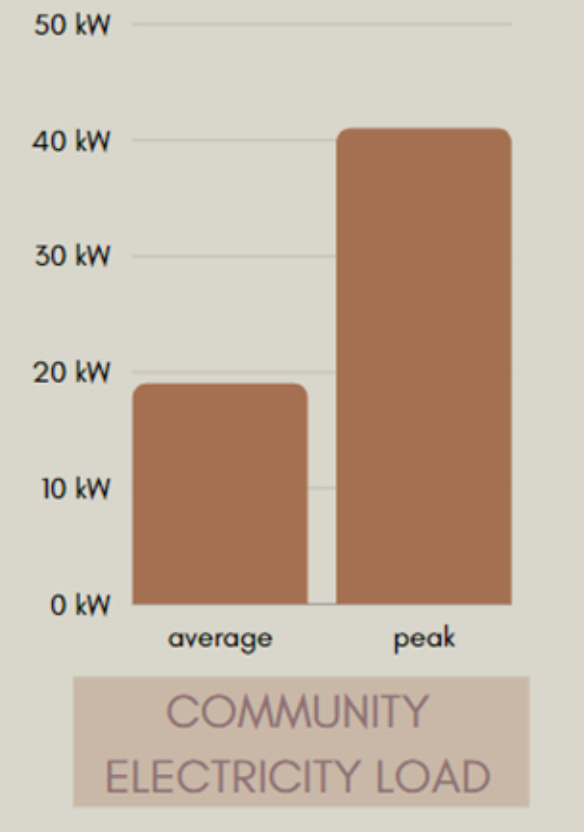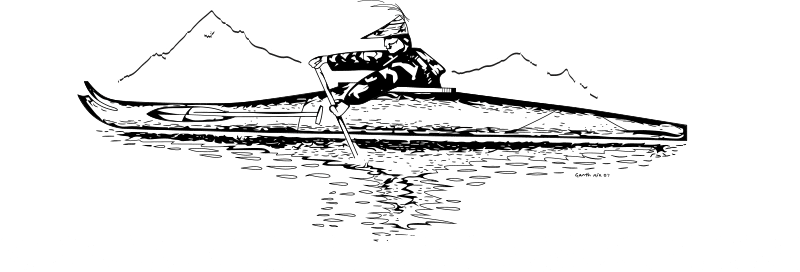KARLUK (Kal’ut or Kal’uq)
Population
27 (census.gov)
Coordinates
57.5719° N, 154.4556° W (bia.gov)
Location
88 Miles SW of Kodiak, 301 Miles SW of Anchorage
Land Area: 55.4 square miles
Water Area: 2.4 square miles
The community of Karluk is nestled beside the Karluk River at the Karluk River mouth, facing the Shelikof Strait on the western end of Kodiak Island. The village is surrounded by low-lying mountains, moist tundra, and rivers and streams. _ Kodiak National Wildlife Refuge encircles the Village of Karluk. The Karluk River drainage has one of the highest densest populations of bears in the world; 180 to 200 Kodiak bears are known to use the drainage.
History & Culture
The area spanning from Karluk Lake to the Karluk River mouth is thought to have been inhabited by Sugpiaq/Alutiiq peoples for more than 7,000 years. There are over 46 archaeological sites that show evidence of Alutiiq peoples inhabiting the area. Russian hunters, drawn to the abundant salmon run in the Karluk River, established a trading post as the first permanent community at Karluk in 1786. In 1878, the Karluk Packing Company cannery was built in Karluk, the first cannery on Kodiak. By the late 1800s, at least 5 canneries were operating out of Karluk. The population had risen to over 1,000 residents, making it the third-largest community in Alaska at the time. The Karluk canneries were producing most of the sockeye salmon that came out of Alaska, and the town was home to the world’s largest cannery. Overfishing eventually decreased the salmon population and the canneries closed down in the 1930s. The Karluk Russian Orthodox church was built in 1888 and continues to be a key part of the community. Historically, the community was split across two sites, one on either side of the spit at the entrance to the lagoon. “Old” Karluk lies on the northern side with “new” Karluk on the southern side. New Karluk is the residential core of the community, and is home to all but three or four families. The village council relocated the community to its present site after a severe storm in January 1978.
Governance & Contact
Karluk, Census-Designated Place
Unincorporated City
No municipal government structure
Karluk Indian Reorganization
Act (IRA) Tribal Council
7 members of Tribal Council
PO Box 22 Karluk, AK 99608
907-241-2218
Karluk is an unincorporated community, with no municipal government structure. Most community activities are governed by the Karluk Tribal Council, the federally recognized tribe and official Tribal governing body. The Tribe is eligible to administer a variety of federal programs. It currently contracts with the Kodiak Area Native Association for elder meal services. Because Karluk is not a second-class city, it is not eligible for the same Borough or state assistance as other outlying communities in the Borough.
Demographics – Population by Sex, Age, and Ethnicity (from left to right)

Karluk School
Kodiak Island Borough School District

Air
State of Alaska-owned 2,400-foot gravel airstrip
One flight per day (year-round, weather permitting) between Karluk and Kodiak through Island Air Services
Water
Seaplane base at Karluk Lake
Employment & Businesses
3 Business License Holders
$19,500 Median household
28% Unemployed
25% Living below poverty
0% Sales tax
10.75 Property tax mills
Hunting and guide services provide some seasonal employment. Most residents rely heavily on the subsistence economy to supplement their diets. Most available fish and wildlife species are harvested, including shellfish, finfish, waterfowl, small and big game, and marine mammals.
Community Energy Sources & Use
Utility Provider: Alutiiq Power and Fuel Company
Sources of Energy: Diesel
Electrical Generation Capacity: 264 kWh Diesel / 2 Diesel generators

| Electric Customers | Annual Fuel UsE (Gallons) |
| 14 Residential | 23,759 Electric |
| 2 Community Facilities | 14,226 Space Heating |
| 14 Other | 3,805 Transportation |
Community Energy Priorities
1. Maintenance and efficiency of electrical utilities
a. Upgrade streetlights
b. Heat recovery on powerhouse
2. Maintenance and efficiency of water utilities
a. Replace and upgrade mainlines and pump-house
3. Maintenance and efficiency of public buildings
a. Feasibility of energy efficiency upgrades to public buildings
4. Maintenance and efficiency of residential buildings
a. Feasibility of energy efficiency upgrades to residential buildings
b. Find ways to help homeowners up-keep homes and lower home heating and electrical bills
Capital Improvement Projects (CIP) List FY21
| Estimated Cost | Project Name |
| Unknown | Landfill Relocation |
| Unknown | 1Wastewater Treatment Plan Upgrade |

